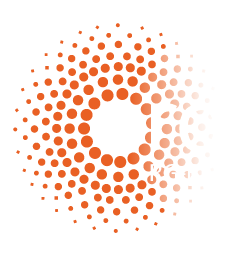Interdisciplinary challenges: from non-equilibrium physics to life sciences
ROME, APRIL 17-21, 2023
Thanks to everyone who participated
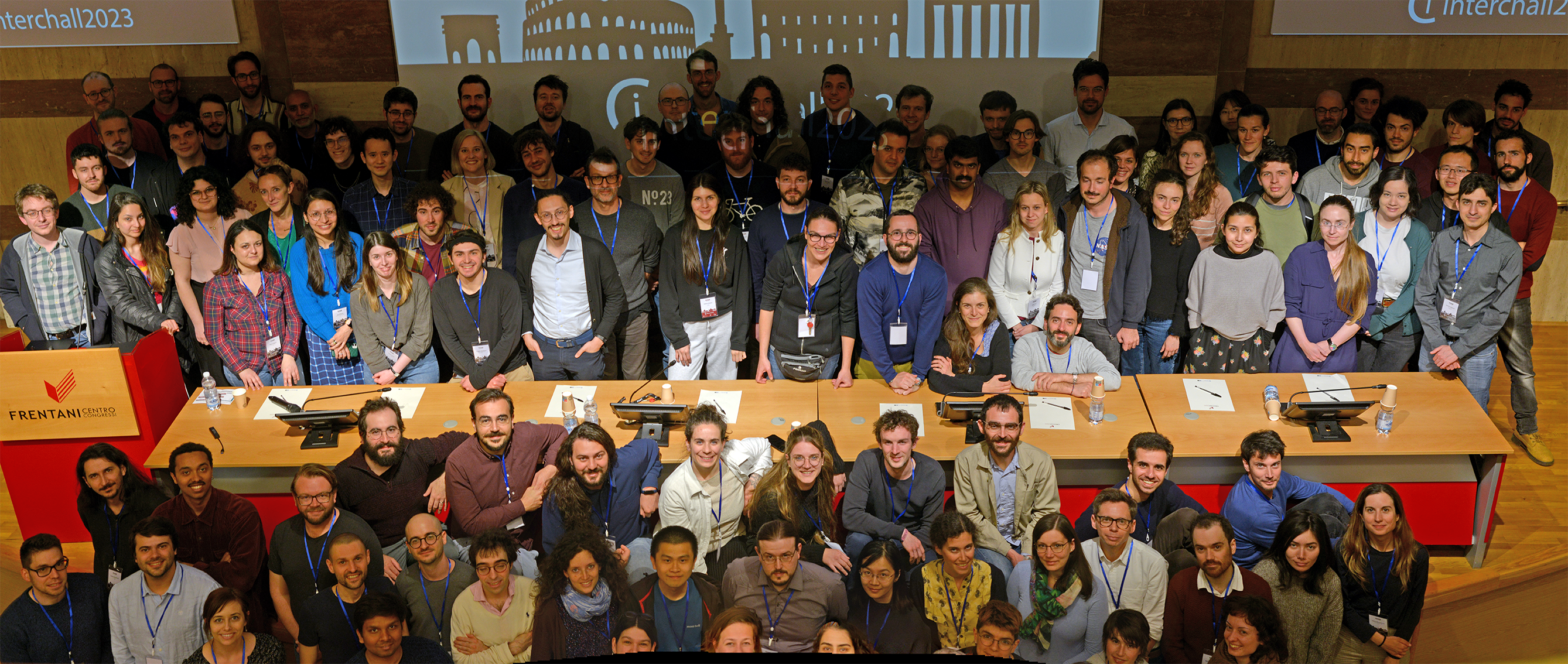
MEET THE Speakers
Alfonso Perez-Escudero
Center for Integrative Biology, Toulouse
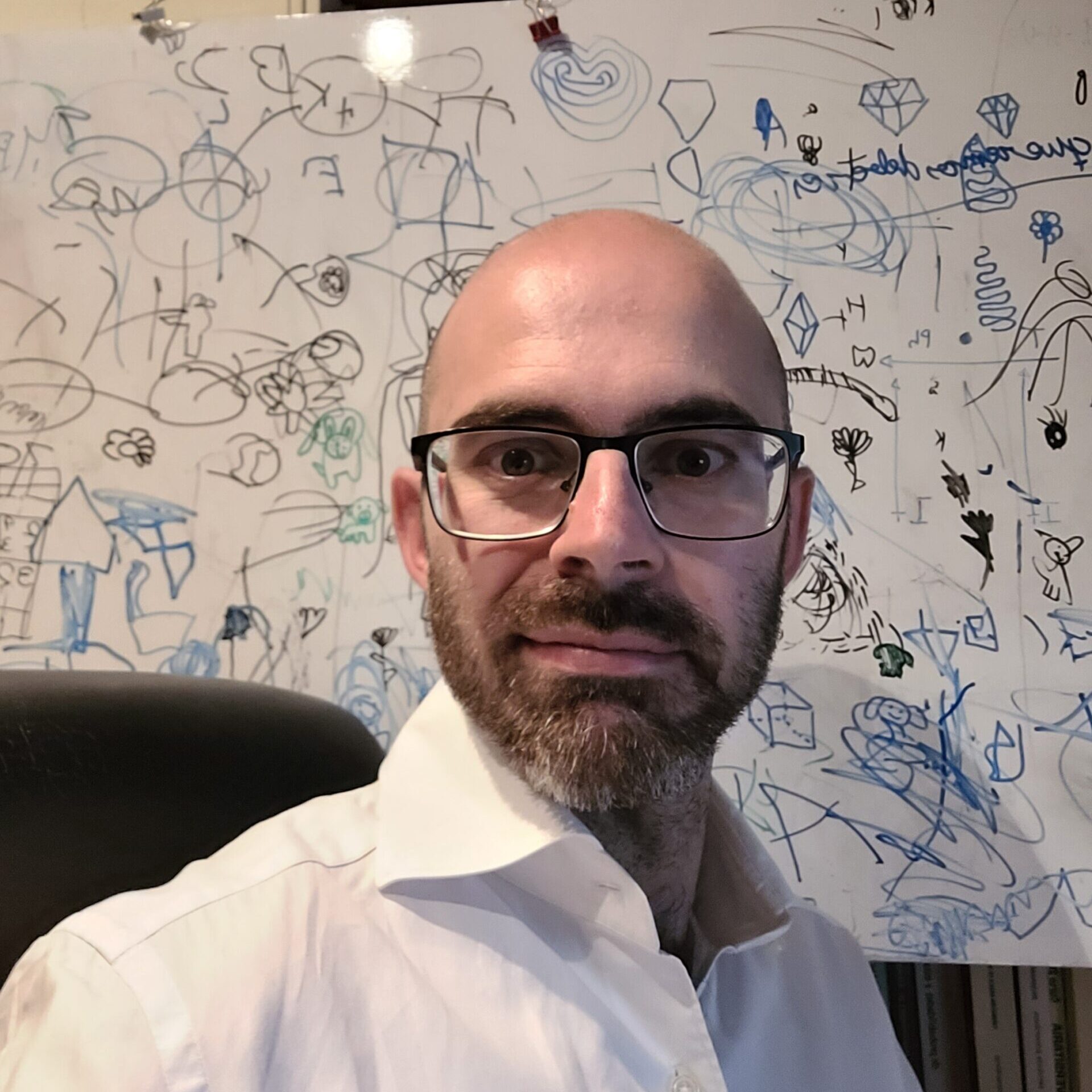
Alfonso Perez-Escudero
Center for Integrative Biology, Toulouse
I did my PhD in Biophysics with Gonzalo Polavieja in the Cajal Institute (CSIC, Madrid, Spain), and a postdoc in Jeff Gore's lab at the Physics Department of the Massachusetts Institute of Technology (Cambridge, MA, USA). Now I work at the Center for Integrative Biology of Toulouse (CNRS, France), where my lab studies how animals make decisions and how they move to execute them.
Nicolas Martin
CNRS, University of Bordeaux
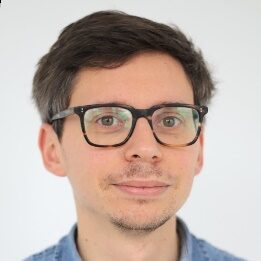
Nicolas Martin
CNRS, University of Bordeaux
Nicolas Martin is a CNRS researcher at Centre de Recherche Paul Pascal (CNRS, University of Bordeaux, France). After completing his PhD in 2014 at Ecole Normale Supérieure in Paris on polyelectrolyte-assisted protein folding, he spent 4 years as a post-doc in the group of Prof. Stephen Mann at the University of Bristol (UK) to work on synthetic cells. His current research interests focus on the design and characterization of reactive and stimuli-responsive coacervates based on polyelectrolytes, nucleic acids, peptides or amphiphiles to mimic the dynamic organization of membraneless organelles in cells and shed light on the emergence of self-assembled life-like compartments.
Pasquale Digregorio
CECAM-EPFL, Lausanne
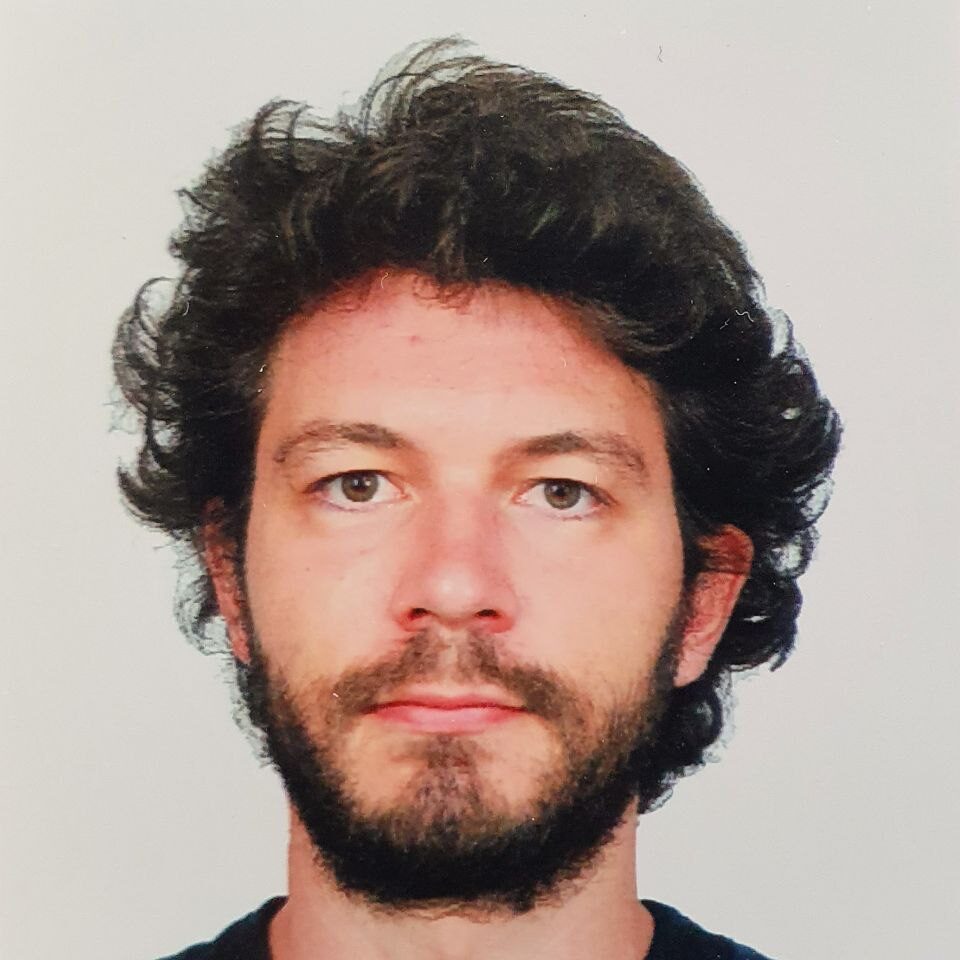
Pasquale Digregorio
CECAM-EPFL, Lausanne
Pasquale Digregorio is a Postdoc at CECAM (Centre Européen de Calcul Atomique et Moléculaire) - EPFL. His current research activity focuses on the study of out-of-equilibrium active systems, ranging from particle-based models of self-propelled and self-spinning agents to fluid-dynamics models of active nematic liquid crystals, with particular interest in their critical behaviour, phase transition, collective structural and kinetic properties.
Giada Forte
University of Edinburgh
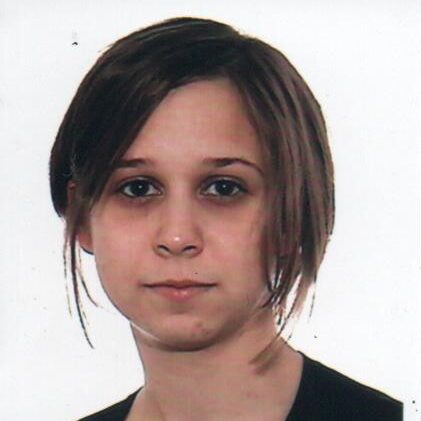
Giada Forte
University of Edinburgh
After graduating at the University of Padova in Theoretical Physics, I moved to the University of Edinburgh to start a PhD in Precision Medicine. During the PhD I mainly focused on Molecular Dynamics simulations applied on the investigation of DNA and chromatin structure. In particular, by merging physical models with bioinformatic data, I analysed the movements of chromosomes within the cell nucleus, the dynamics of DNA replication and the folding of chromatin during metaphase. In July 2022 I started working as a Postdoctoral Research Associate at the School of Physics at the University of Edinburgh where I keep focusing on similar topics.
Laura Caccianini
MIT, Cambridge
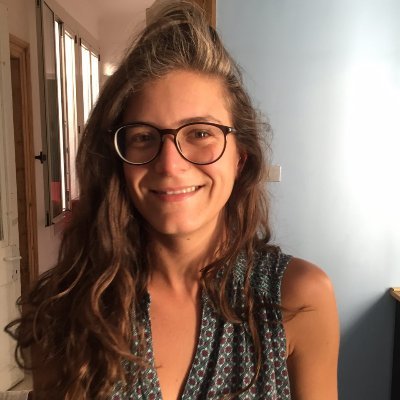
Laura Caccianini
MIT, Cambridge
I was trained as a physicist at La Sapienza. I spent one year of master in Paris as an Erasmus student. There I worked as a bartender to survive, I learned French and I realized I might enjoy doing science for a living. During my PhD at the Curie Institute I studied the dynamics of transcription factors and other DNA binding proteins with single molecule tracking and super resolution microscopy and I became interested in the interplay between transcription and genome organization. For my postdoc I joined the Vos lab at MIT Biology, where I am learning biochemistry and electron microscopy.
Szabolcs Zakany
University of Geneva
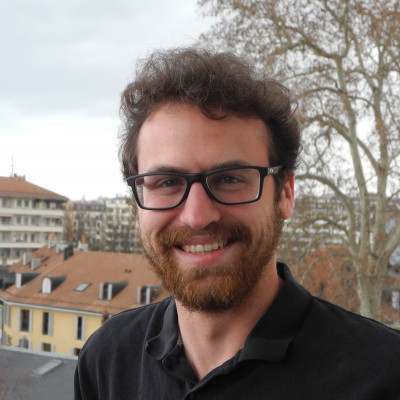
Szabolcs Zakany
University of Geneva
I obtained my Master degree (2014) and my PhD (2019) in Physics from the University of Geneva, under the supervision of Professor Marcos Mariño. I studied mathematical aspects of string theories, in particular a duality between a family of topological strings and the spectral theory of certain quantum mechanical operators. This duality leads to a consistent non-perturbative realisation of this family of topological strings, whereas in general string theories are only defined perturbatively in the string coupling.
In 2019, I switched my domain of studies and joined, as a postdoc, the Laboratory of Artificial and Natural Evolution (LANE) of Professor Michel Milinkovitch in the Biology section of the University of Geneva. The LANE’s motivation is to understand the diversity of complex life forms through a multidisciplinary approach involving developmental and evolutionary biology, as well as biological physics and mathematical modelling. In particular, we study the development and evolution of skin appendages and skin colour patterning in vertebrates, with a focus on non-model species.
Jordi Piñero
Universitat Pompeu Fabra, Barcelona
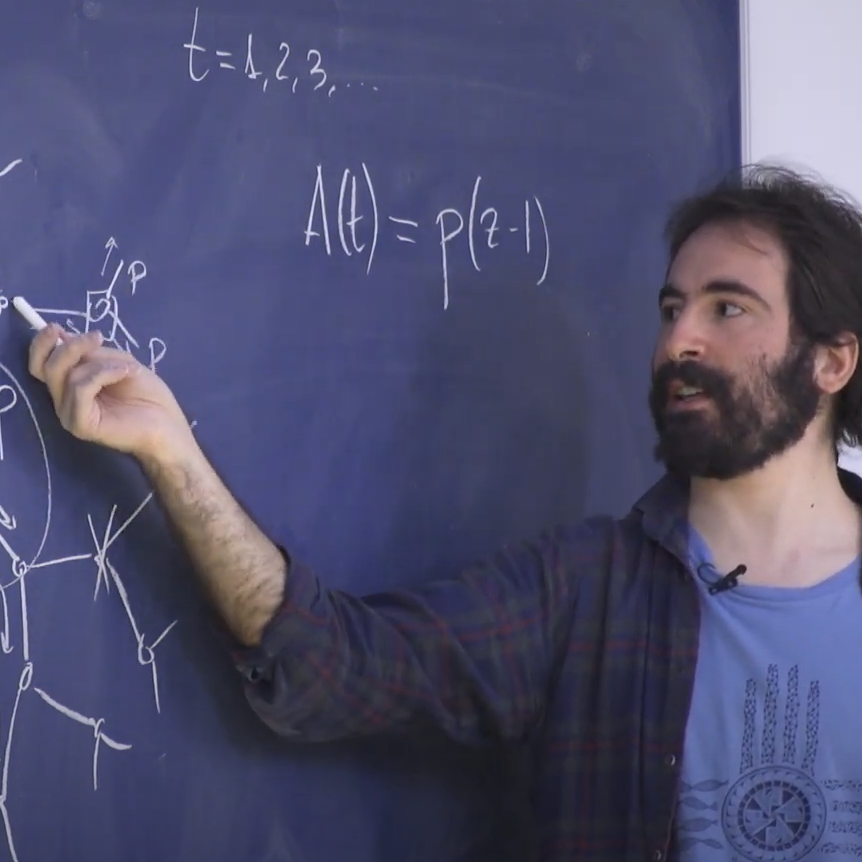
Jordi Piñero
Universitat Pompeu Fabra, Barcelona
I graduated in Physics at University of Barcelona in 2012 and completed a Master in Theoretical Physics at University of Cambridge in 2013. Currently a PhD Candidate at the Complex Systems Lab, University Pompeu Fabra, Barcelona. My main research is focused on the mathematical theory of evolution (biological and non-biological), major transitions, complex ecosystems, nonequilibrium statistical physics and the origins of life.
Jonathan Rodenfels
Max Planck Institute, Dresden
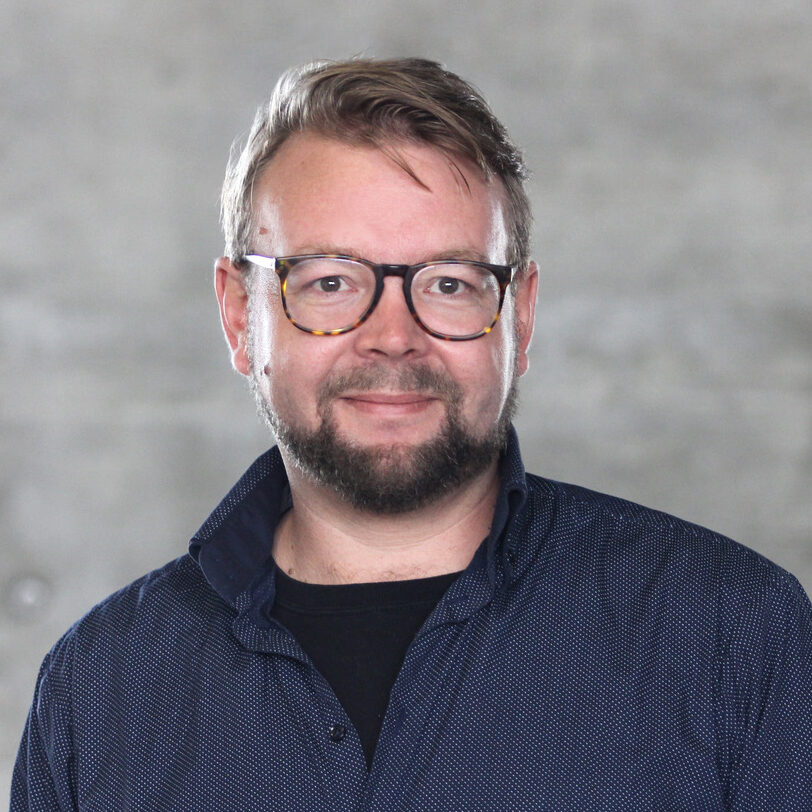
Jonathan Rodenfels
Max Planck Institute, Dresden
Jonathan did his biochemistry undergraduate at university of Bayreuth working in the lab of Benedikt Westermann on mitochondrial fusion and fission. In 2008, he started his PhD at the Max-Planck-Institute of molecular cell biology and genetics. He joined the lab of the late Suzanne Eaton studying the role of systemically circulating Hedgehog and steroid hormone signaling during fruit fly development. As a postdoc, Jonathan moved to New Haven joining the Neugebauer lab at Yale university. His research focused on establishing approaches to the quantitatively measure the flows of energy in biological systems, and to investigate the metabolism and energetics costs of development. Since 2021, Jonathan is a group leader at MPI-CBG working on the energetics of biological systems.
Xiaowen Chen
ENS/CNRS, Paris
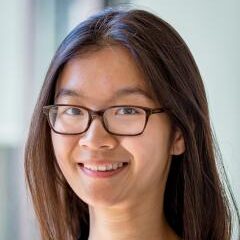
Xiaowen Chen
ENS/CNRS, Paris
Xiaowen Chen is a theoretical biophysicist interested in understanding collective behavior in living systems. She is currently a postdoctoral researcher in Laboratoire de physique de l'école normale supérieure / CNRS in Paris, working in the statistical biophysics research group led by Aleksandra Walczak and Thierry Mora. She obtained her PhD in 2020 from Princeton University under the supervision of William Bialek, where she studied collective behaviors in neuronal networks. She studies the statistical physics of collective behavior with a combination of data-driven and analytic approaches, and she has a special interest in applications in neuroscience and collective animal behavior.
Claudio Maggi
NANOTEC-CNR, Rome
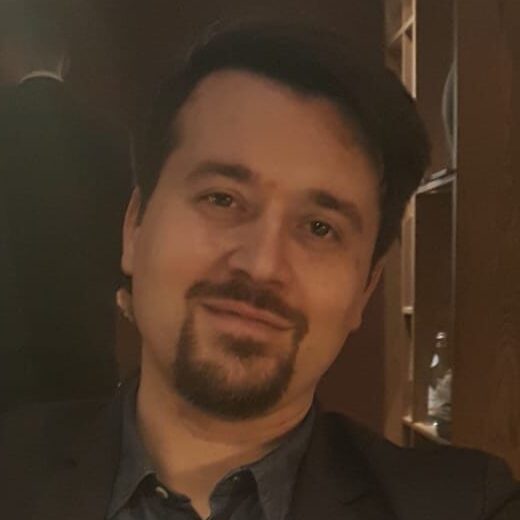
Claudio Maggi
NANOTEC-CNR, Rome
Claudio Maggi is currently a tenured researcher at the Institute of Nanotechnology (NANOTEC), of the National Research Council (CNR), hosted by the University “Sapienza” of Rome. His research interests range from soft matter and biophysics to statistical mechanics. In the last years he has been studying experimentally the motility of different microorganisms such as swimming E. Coli bacteria and sperm cells. His research has also focused on the design and actuation of synthetic active particles (e.g. Janus particles) and micro-motors. On the theoretical side he has studied various schematic models of active particles to highlight the origins of non-equilibrium phenomena appearing in these systems.
Caterina Tomba
Lyon Institute of Nanotechnology
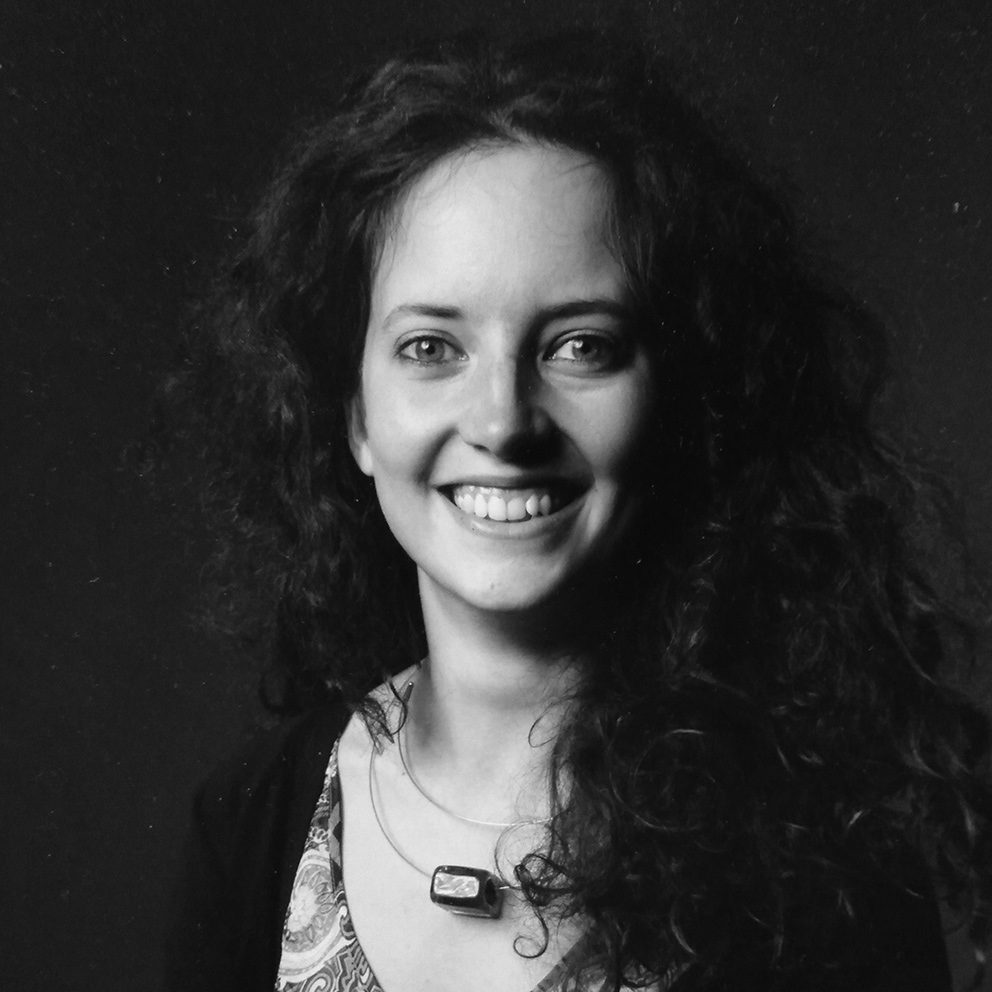
Caterina Tomba
Lyon Institute of Nanotechnology
Caterina Tomba got her PhD in Physics for Life Sciences in December 2014 from the University of Grenoble Alpes (France), after studying Physics at the University of Turin (Italy). After a postdoctoral position at the Department of Biochemistry of the University of Geneva (Aurélien Roux Lab), she joined the Institute of Nanotechnologies of Lyon (France) as a permanent CNRS researcher in January 2021.
She initially worked on primary brain cells, focusing on neuronal polarization and glial cell sensitivity to mechanical properties of their environment. Her research activity focused then on epithelium mechanics and she is now developing bio-microsystems in order to better understand tissue mechanics (e.g. intestinal epithelium) by reproducing the physico-chemical properties of the tissue microenvironment (e.g. topography, movements).
Melissa Rinaldin
Max Planck Institute, Dresden
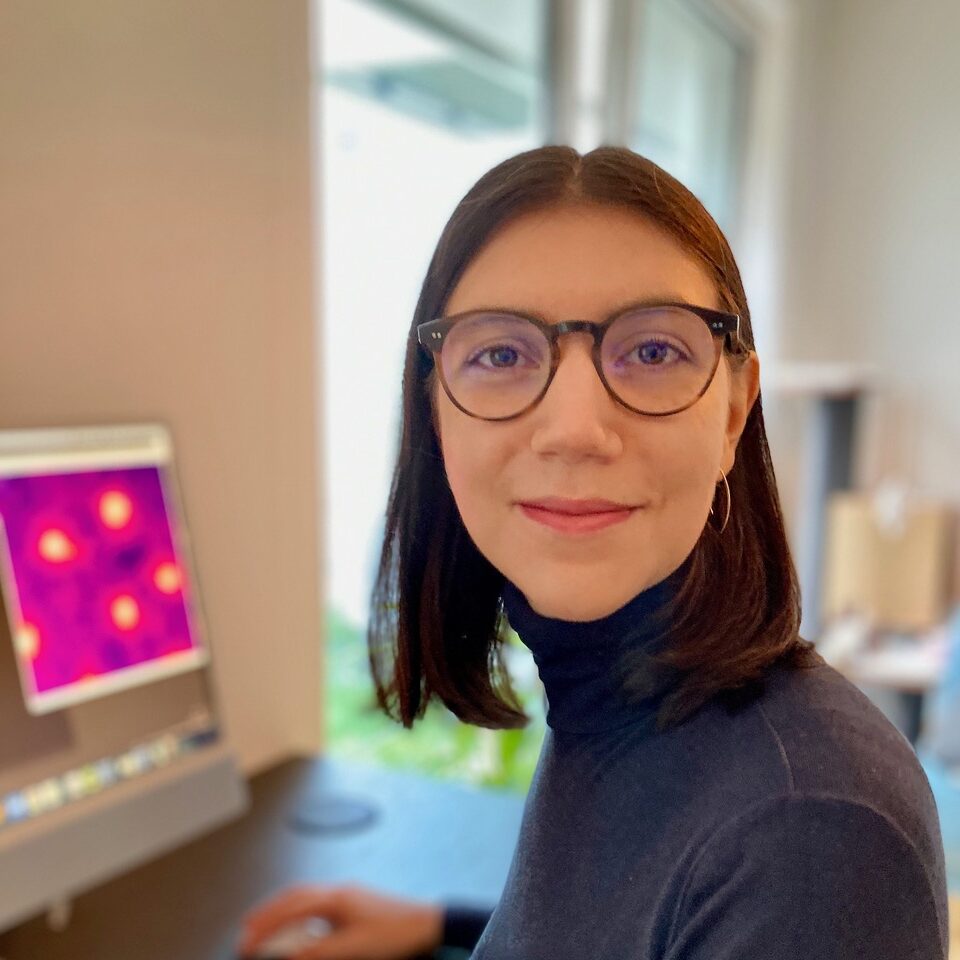
Melissa Rinaldin
Max Planck Institute, Dresden
Melissa constantly seeks to understand how biological systems self-organize. After studying Physics at the University of Padova in Italy, she carried out her PhD at Leiden University in The Netherlands. There, she developed novel approaches to unravel the role of geometry on phase separation in lipid membranes. Then, she moved to Dresden in Germany to investigate living systems. By working between the Max Planck Institute of Molecular Biology and Genetics and the one of Physics for Complex Systems, she studies the role of the cell cycle oscillator on the partitioningof the cytoplasm. For her postdoc work, she is supported by the Human Frontier of Science and the European Molecular Biology Organizations.
Luca Saglietti
Bocconi Unversity, Milan
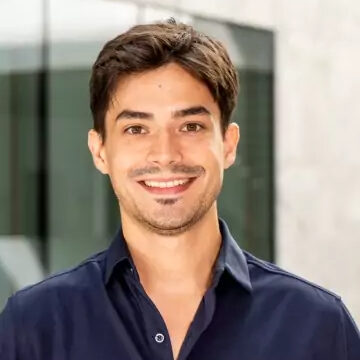
Luca Saglietti
Bocconi Unversity, Milan
Luca Saglietti is Assistant Professor in Computer Science at Bocconi University since 2022. His research interests lie at the interface between Machine Learning and Statistical Physics with a focus on the interplay between data structure and learning algorithms.
Christopher W. Lynn
Princeton University
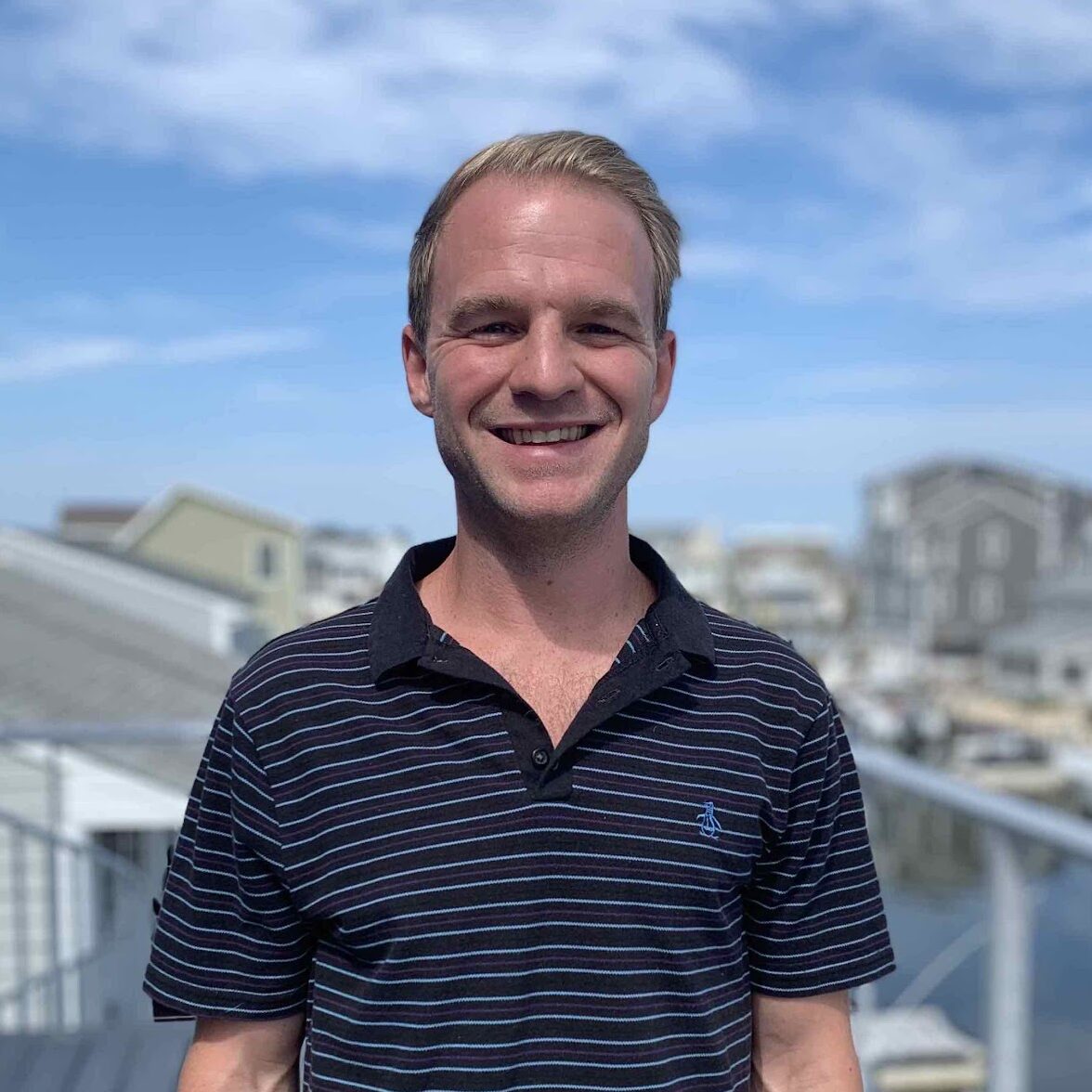
Christopher W. Lynn
Princeton University
Chris combines ideas from statistical mechanics, information theory, and network science to understand how function, structure, and dynamics emerge in neural systems. He is a JSMF Postdoctoral Fellow at the Center for the Physics of Biological Function at Princeton University and the City University of New York working with William Bialek, Stephanie Palmer, and David Schwab. Previously, he received his Ph.D. in Physics and Astronomy at the University of Pennsylvania under the supervision of Dani Bassett.
Alfredo Sciortino
CEA Grenoble
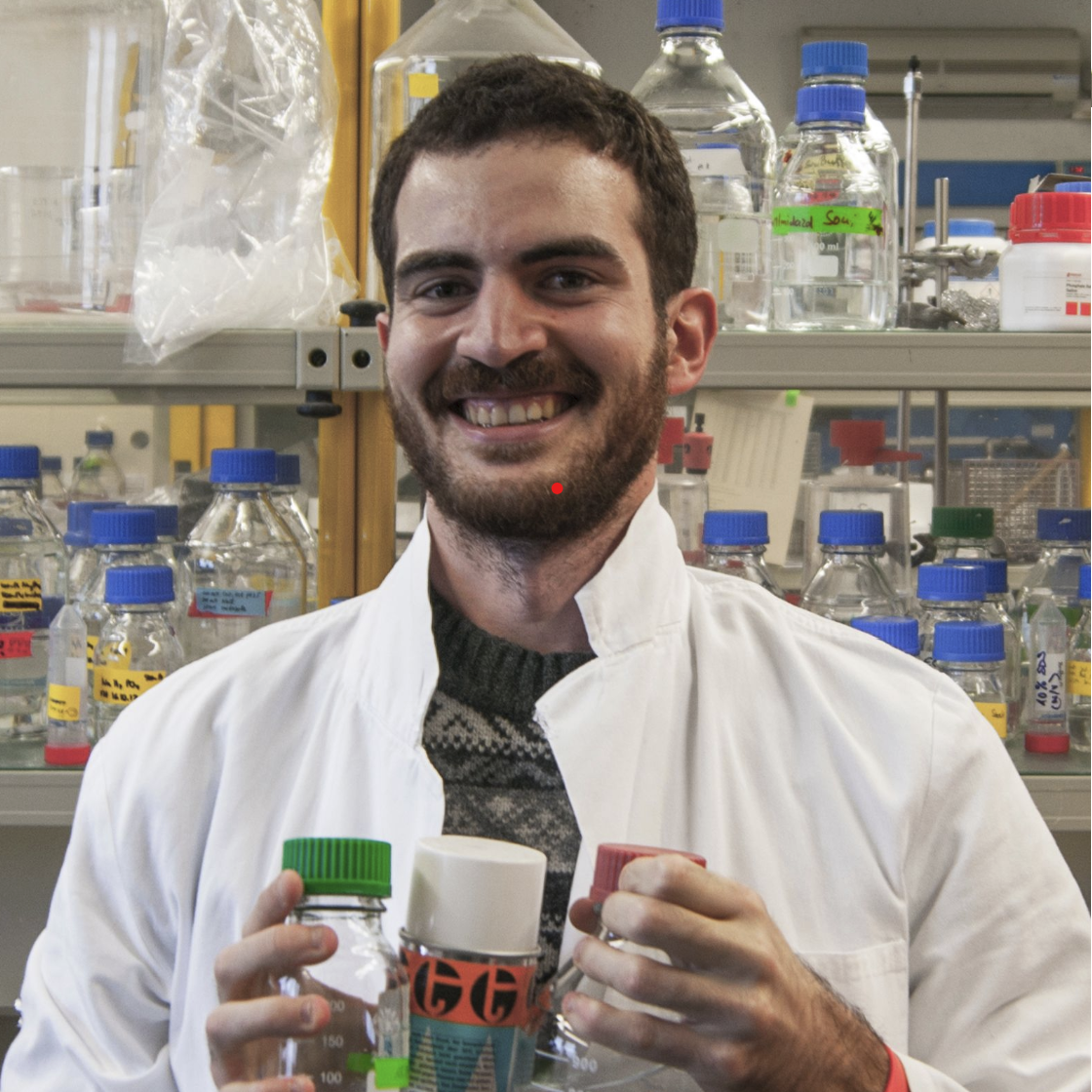
Alfredo Sciortino
CEA Grenoble
Alfredo Sciortino is a Postdoctoral Fellow at the Institute Pierre Gilles de Gennes in Paris / CEA Grenoble, working on in vitro reconstitution of the cell’s cytoskeleton to learn simple rules determining its active self-organization. He was born in Palermo and studied Physics at La Sapienza in Rome, where he obtained his Master’s degree. He then moved for his PhD to the Technische Universität München where he worked on experimental systems composed of cytoskeletal filaments and molecular motors, focusing on their collective motion and on how topology and confinement affect it. He now works in the CytoMorphoLab in Paris on the reconstitution of cytoskeleton-based biological phenomena, with the final long-term goal of building a “synthetic cell”.
Suropriya Saha
Max Planck Institute, Goettingen
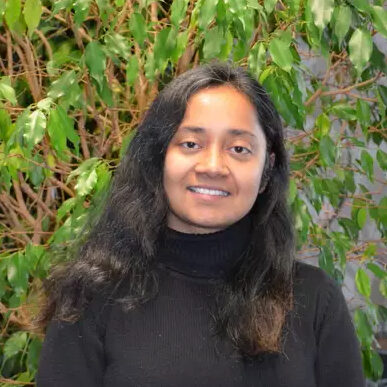
Suropriya Saha
Max Planck Institute, Goettingen
I, Suropriya Saha, obtained my PhD from Institute of Science Bangalore in 2014. During my PhD, I worked on the collective dynamics of phoretically driven matter, focussing mainly on Janus colloids. I did my first postdoc in MPIPKS Dresden working on the rheological properties of protein droplets. After my stint in Dresden, I joined the group living matter physics in MPIDS Goettingen as a postdoc. Since March of this year I am a group leader in the department with my group 'Field theories of active matter'. My current research interests are in non-reciprocally interacting matter, with a focus on systems with number conservations. In my group we are exploring the pattern forming abilities and diversity of this new class of active matter.
Carla Fernández-Rico
ETH, Zurich
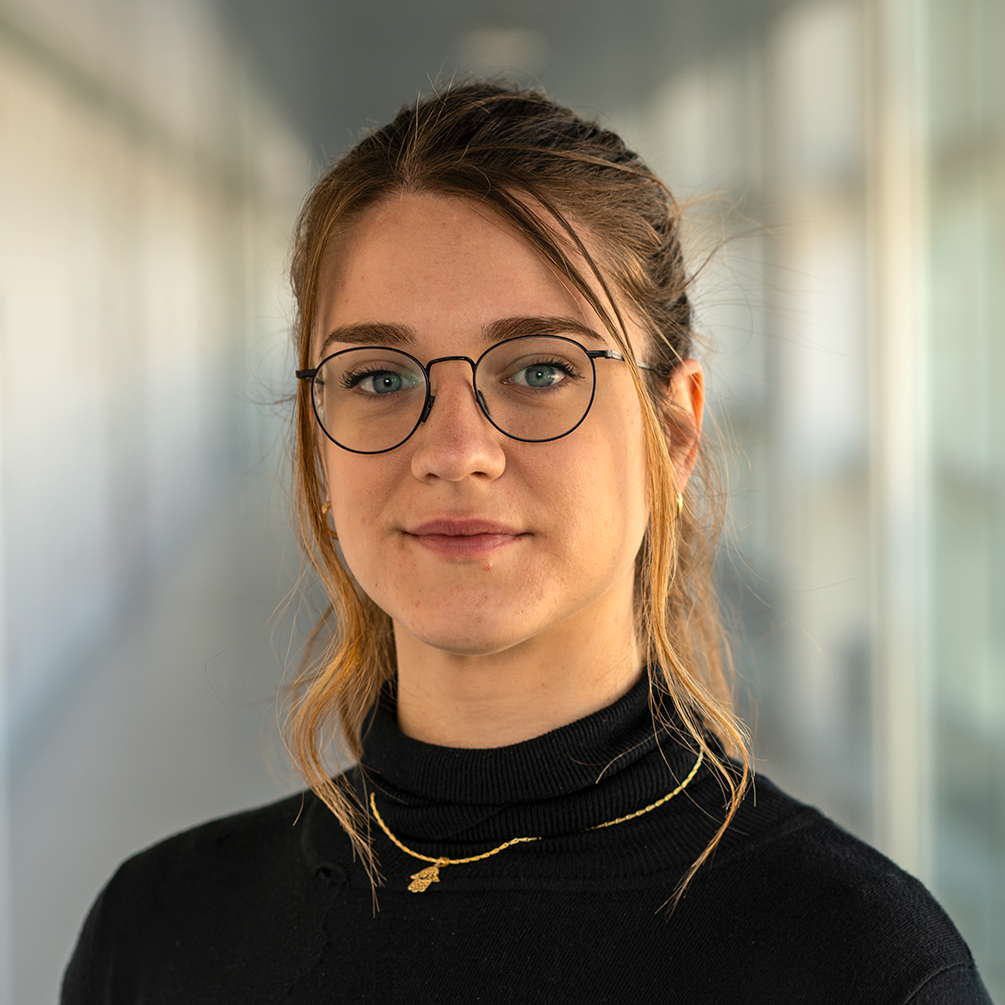
Carla Fernández-Rico
ETH, Zurich
Carla Fernández-Rico is Postdoctoral Fellow in the Department of Materials at ETH Zurich, where she works on topics related to self-assembly, phase separation and structural colour. Originally from Barcelona, where she studied a Nanoscience’s degree, Carla first moved to the Netherlands to pursue a Master’s degree in Nanomaterials at Utrecht University, and then to the UK, where she earned a PhD in Physical Chemistry from the University of Oxford. Her doctoral research focused on the development of novel colloidal systems for studying banana-shaped liquid crystals. After being awarded the ETH Zurich Postdoctoral Fellowship in 2021, Carla recently joined the Laboratory of Soft and Living Materials at ETH, where she combines her knowledge on colloidal self-assembly with the group’s experience in optics and mechanics.
Riccardo Rao
Medical University of Vienna
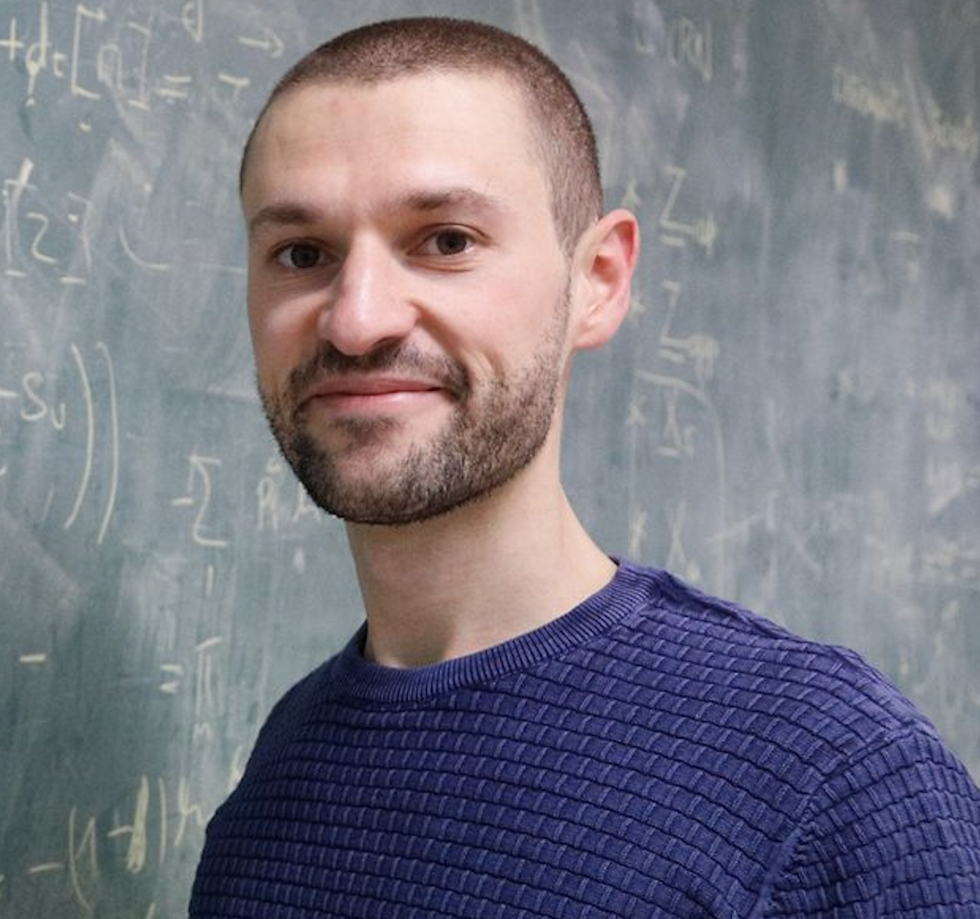
Riccardo Rao
Medical University of Vienna
I completed my PhD at the University of Luxembourg, under the supervision of M. Esposito. During my doctoral studies, I established a thermodynamic description of generic chemical systems operating far from thermodynamic equilibrium. This provided the foundations to characterize the efficiency of energy transduction in biochemical processes such as metabolic networks. I later moved to the Institute for Advanced Study, Princeton, and the Rockefeller University, New York City. In collaboration with the Laboratory of Living Matter led by S. Leibler, I have been investigating microbial ecological systems, as well as evolutionary dynamics. I am currently working within the group of Complex Systems at the Medical University of Vienna/Complexity Science Hub.
Amit Singh Vishen
MPI-PKS, Dresden
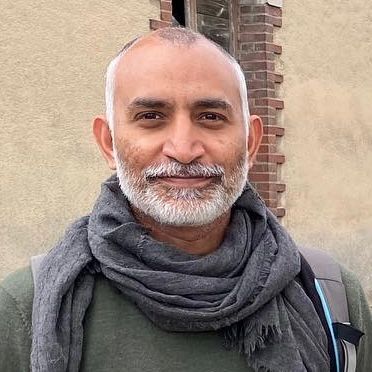
Amit Singh Vishen
MPI-PKS, Dresden
Amit Singh Vishen is currently a postdoc at MPI-PKS, Dresden, Germany. He did his Ph.D. at Simons Centre for the Study of Living Machines, NCBS, Bengaluru, India. Then he moved to Institut Curie, Paris for his first postdoc. He is interested in the physics of active matter, morphogenesis, cell and tissue mechanics, osmoregulation, and bioelectricity. His current research is focused on understanding the role of bioelectricity in morphogenesis.
Billie Meadowcroft
Institute of Science and Technology, Austria
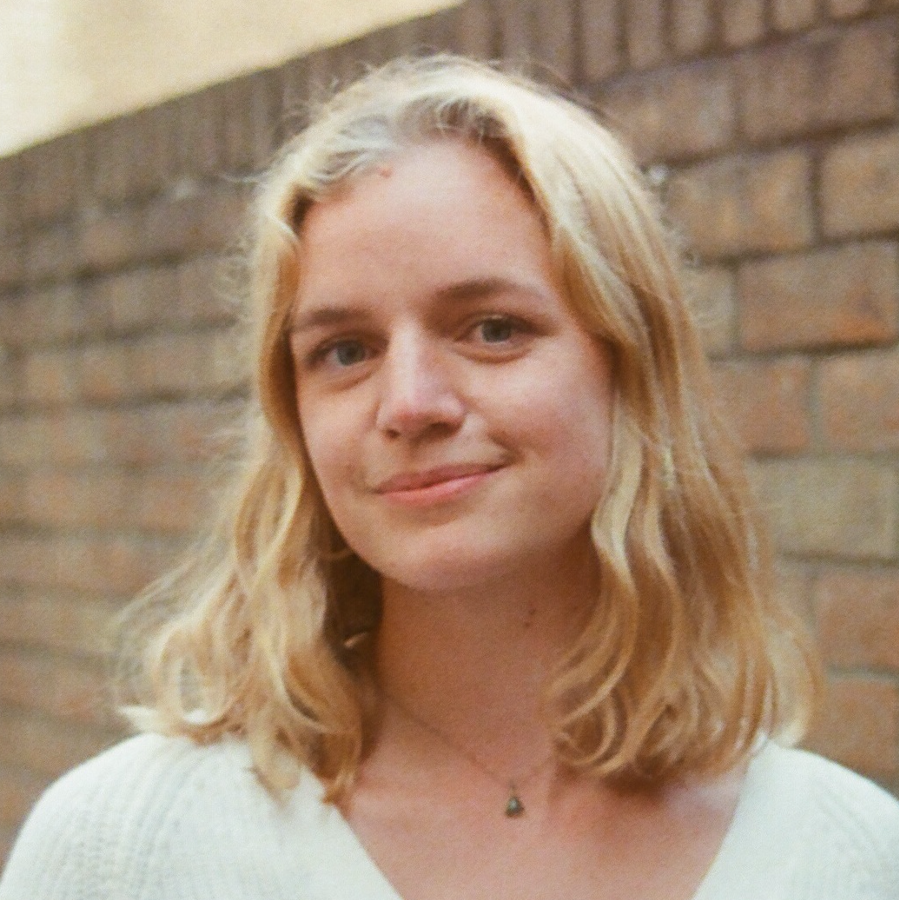
Billie Meadowcroft
Institute of Science and Technology, Austria
Billie Meadowcroft graduated in 2020 from Cambridge in Physical Natural Sciences. She then started her PhD in the group of Andela Šarić at University College London and the Institute of Science and Technology Austria. She works on computational and theoretical modelling of cellular membranes, membrane proteins and cytoskeletal filaments. She was chosen for the Chicago Rising Stars in Soft and Biological Matter for her work on modelling membrane-reshaping proteins.
Giulia Pisegna
Max Planck Institute, Goettingen
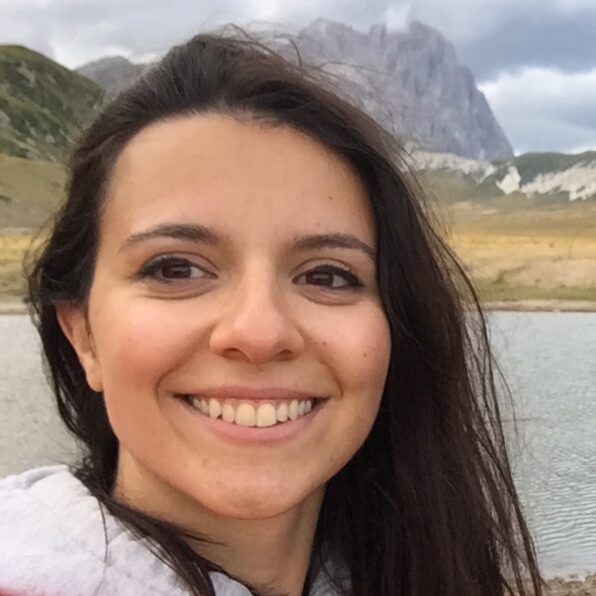
Giulia Pisegna
Max Planck Institute, Goettingen
After my Ph.D. at the University of Rome La Sapienza, I joined the Max Planck Institute for Dynamics and Self-Organization as a postdoctoral researcher. My research is in the field of active matter, spanning from the study of animal collective behaviour, to the non-equilibrium physics of systems with non-reciprocal microscopic interactions. Combining tools of statistical field theory and agent-based numerical simulations, I characterise and quantify the emergent (and universal) large-scale behaviour of different active systems.
Severine Atis
CNRS, Poitiers
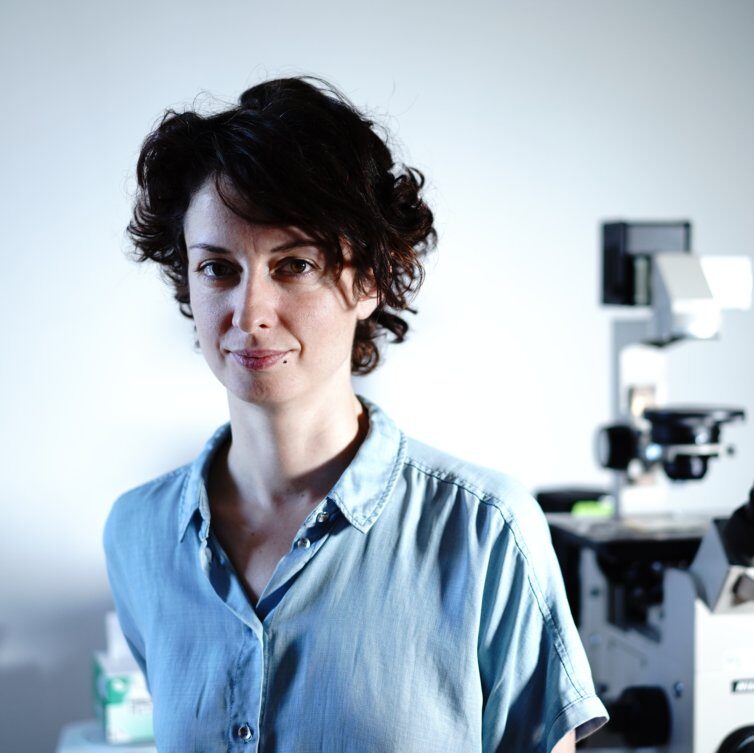
Severine Atis
CNRS, Poitiers
Dr. Severine Atis is an experimental physicist in the Institut Pprime at CNRS. Her research spans soft matter, nonequilibrium statistical physics and biophysics. She received her PhD from Sorbonne University in Physics where she worked with reaction wave propagation in disordered media. She joined David Nelson’s group at Harvard University as a postdoctoral scholar where she investigated evolutionary dynamics coupled with hydrodynamic flows in collaboration with Andrew Murray in the Molecular and Cellular Biology department. She then received the University of Chicago Grainger Fellowship in Experimental Physics where she worked on active matter and elastic networks with William Irvine, Sidney Nagel and Heinrich Jaeger.
Lea-Laetitia Pontani
Laboratoire Jean Perrin, Paris
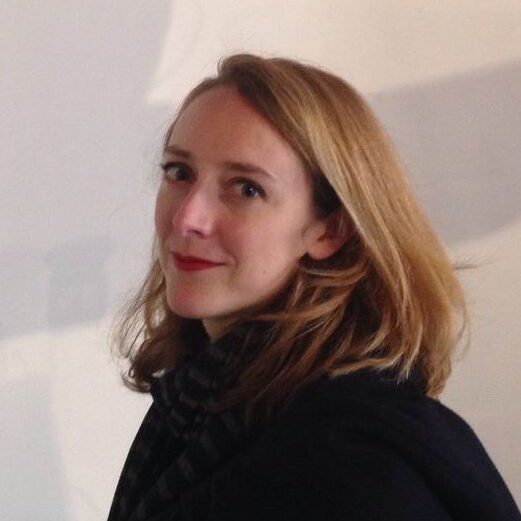
Lea-Laetitia Pontani
Laboratoire Jean Perrin, Paris
Lea-Laetitia Pontani is interested in studying the mechanical properties of cells and tissues in simplified biomimetic frameworks. For instance, during her PhD in the group of Dr. Cécile Sykes at the Curie Institute, she built and characterized a biomimetic system of the actin cytoskeleton in vitro. For her post-doc she joined the group of Jasna Brujic within the Center for Soft Matter Research at New York University. She first investigated the physics of jammed matter through confocal imaging of dense emulsions, seeking to build theoretical frameworks for the description of these out-of-equilibrium systems. In parallel she designed the synthesis of biomimetic emulsions that mimic multicellular assemblies such as biological tissues. At LJP she now works with Alexis Prevost and Elie Wandersman in the Mechanics of integrated and artificial biological systems group and uses these biomimetic systems to understand the physical properties of multicellular assemblies in a simplified framework.
Ivan Maryshev
LMU, München
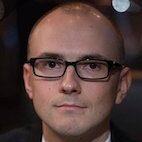
Ivan Maryshev
LMU, München
Ivan Maryshev is a postdoctoral fellow at LMU München working with Prof. Erwin Frey an supported by independent funding from Horizon Europe: Marie Skłodowska-Curie Actions. His research is focused on the active cytoskeleton, active droplets, and vesicles. Ivan graduated from MIPT (Moscow Institute of Physics and Technology) and earned his Ph.D. in Biophysics at the University of Edinburgh.
Lorenzo Caprini
University of Düsseldorf
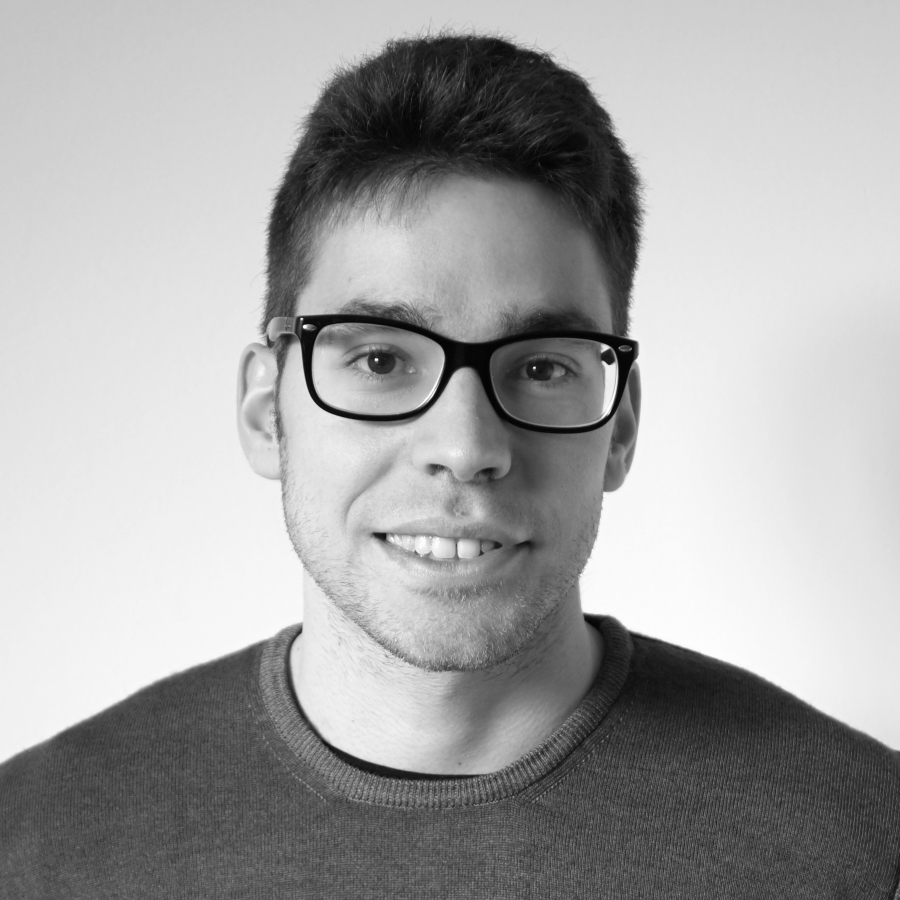
Lorenzo Caprini
University of Düsseldorf
I developed my academic career in non-equilibrium statistical physics and soft matter, with a focus on active systems, at the crossroad of Physics, Chemistry, and Biology. After obtaining my Ph.D. at Gran Sasso Science Institute (Italy), on the statistical mechanics of self-propelled systems, I continued to work in active matter, with theory and simulations, in particular, discovering a novel dynamical collective effect and collaborating in experiments with spermatozoa. Currently, I am pursuing my research as a Humboldt Fellow at the University of Düsseldorf, with a focus on collective phenomena in dense active matter, experiments based on active granular particles, and numerical simulations for experiments of active colloids. Beyond active matter, I am an expert in the fields of stochastic thermodynamics and linear response theory.
Federica Gerace
SISSA, Trieste
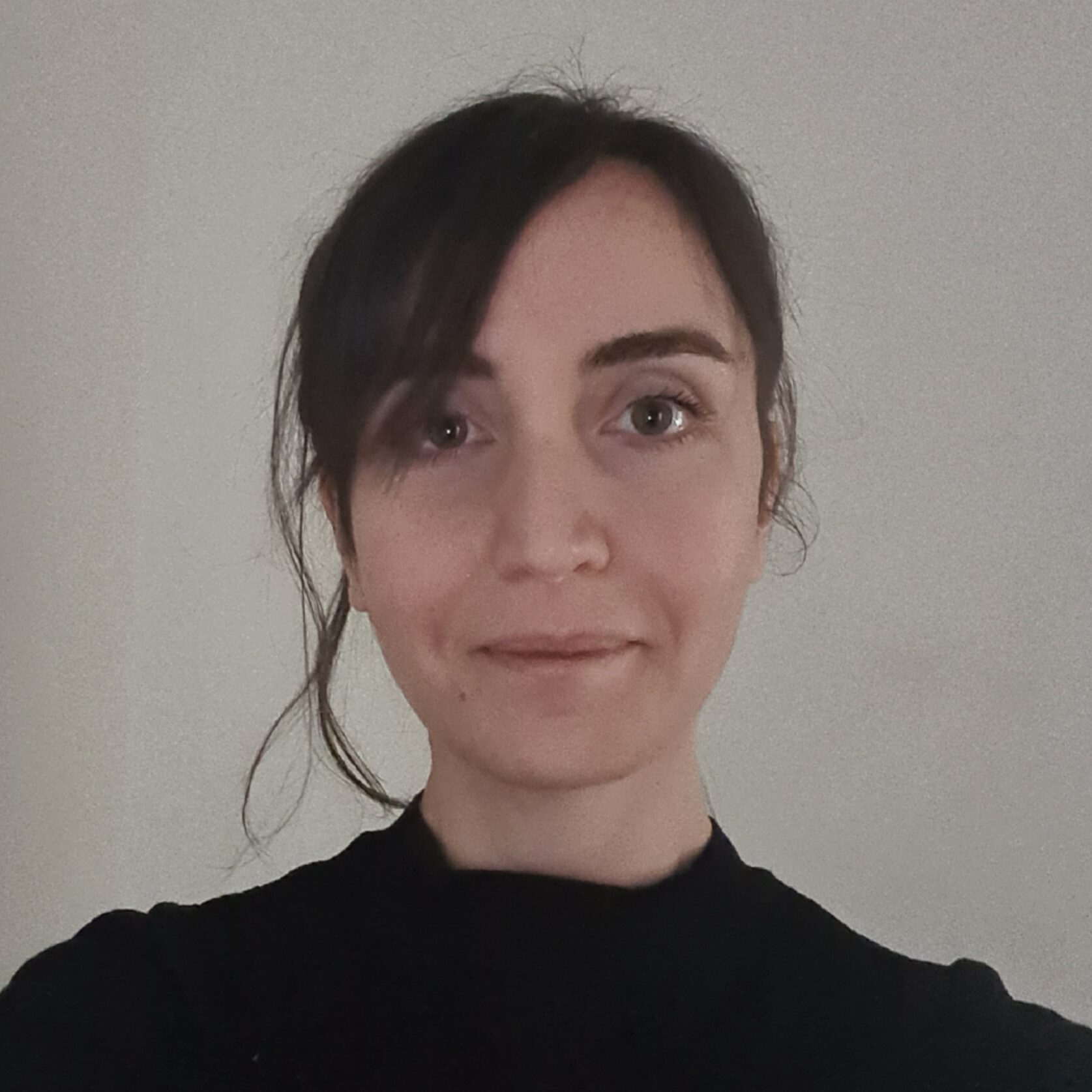
Federica Gerace
SISSA, Trieste
Federica has an M.Sc. in physics of complex systems from the international track of Politecnico di Torino. She got her PhD in statistical physics, machine learning and computational neuroscience under the guidance of Riccardo Zecchina in Politecnico di Torino. She did a post-doc in statistical physics and machine learning in the lab of Lenka Zdeborová and Florent Krzakala between the Institut de Physique Théorique (IPhT) in Saclay and the École Polytechnique Fédérale de Lausanne (EPFL). She currently works as senior post-doctoral researcher in Theoretical and Scientific Data Science group of Scuola Superiore di Studi Avanzati (SISSA) in Trieste and as co-founder and Artificial Intelligence director in Syndiag s.r.l. ABSTRACT: Transfer learning can significantly improve the sample efficiency of neural networks, by exploiting the relatedness between a data-scarce target task and a data-abundant source task. Despite years of successful applications, transfer learning practice often relies on ad-hoc solutions, while theoretical understanding of these procedures is still limited. In the present work, we re-think a solvable model of synthetic data as a framework for modeling correlation between data-sets. This setup allows for an analytic characterization of the generalization performance obtained when transferring the learned feature map from the source to the target task. Focusing on the problem of training two-layer networks in a binary classification setting, we show that our model can capture a range of salient features of transfer learning with real data. Moreover, by exploiting parametric control over the correlation between the two data-sets, we systematically investigate under which conditions the transfer of features is beneficial for generalization.
Daniel Pearce
University of Geneva
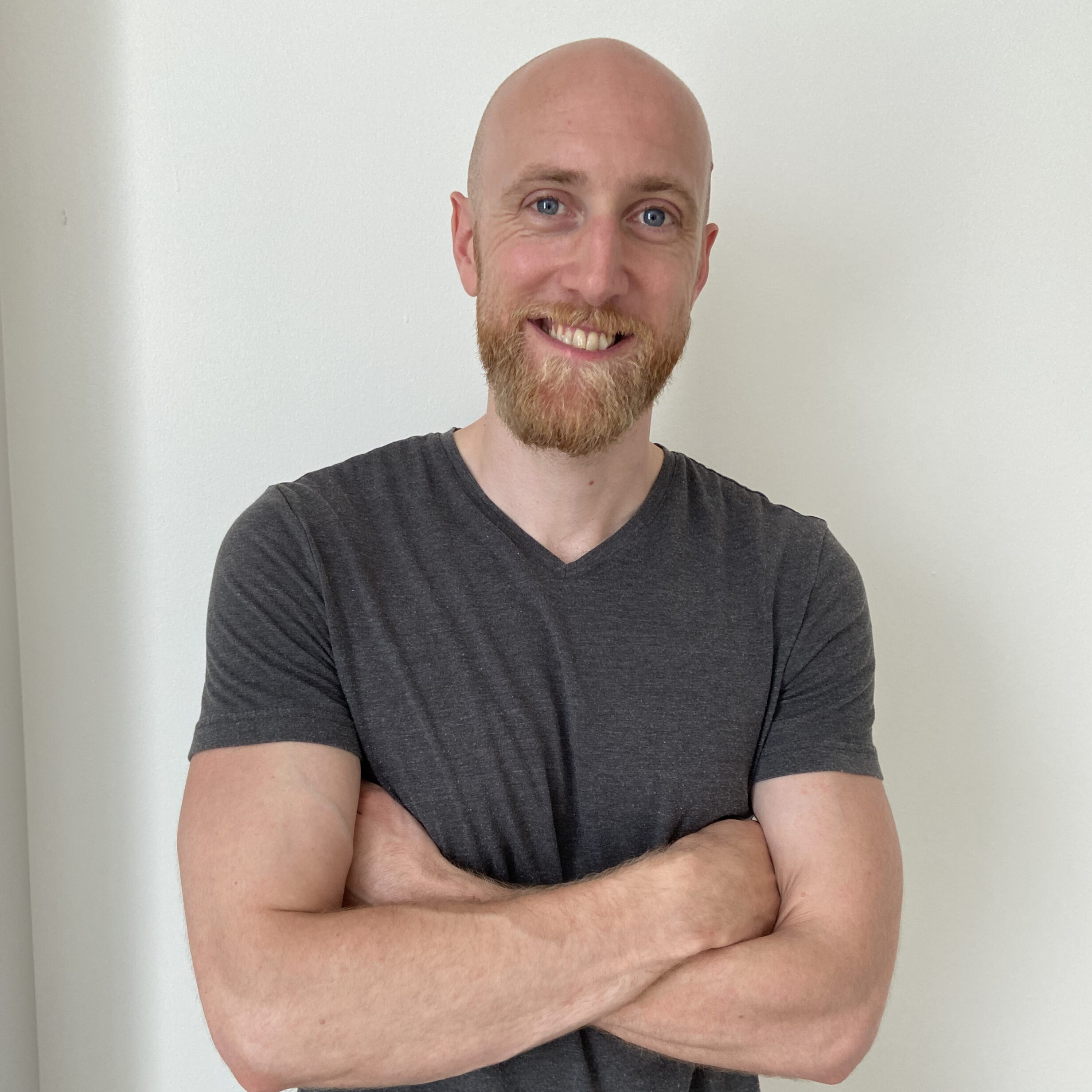
Daniel Pearce
University of Geneva
I am a theoretical physicist working on the interplay between active matter, geometry and topology. I earned my PhD in 2014 with Prof. Matthew Turner at the University of Warwick working on agent-based models of swarming. My first postdoctoral position was at Leiden University working with Prof. Luca Giomi on a variety of soft matter and active matter physics projects. My second postdoctoral position was at the University of Geneva in the group of Prof. Karsten Kruse. There I applied the physics of active matter to understanding a number of processes within living organisms. During 2021 I was a visiting fellow at MIT Mathematics department and in 2023 I start my own group funded by an SNSF starting grant.
Alison E. Patteson
Syracuse University
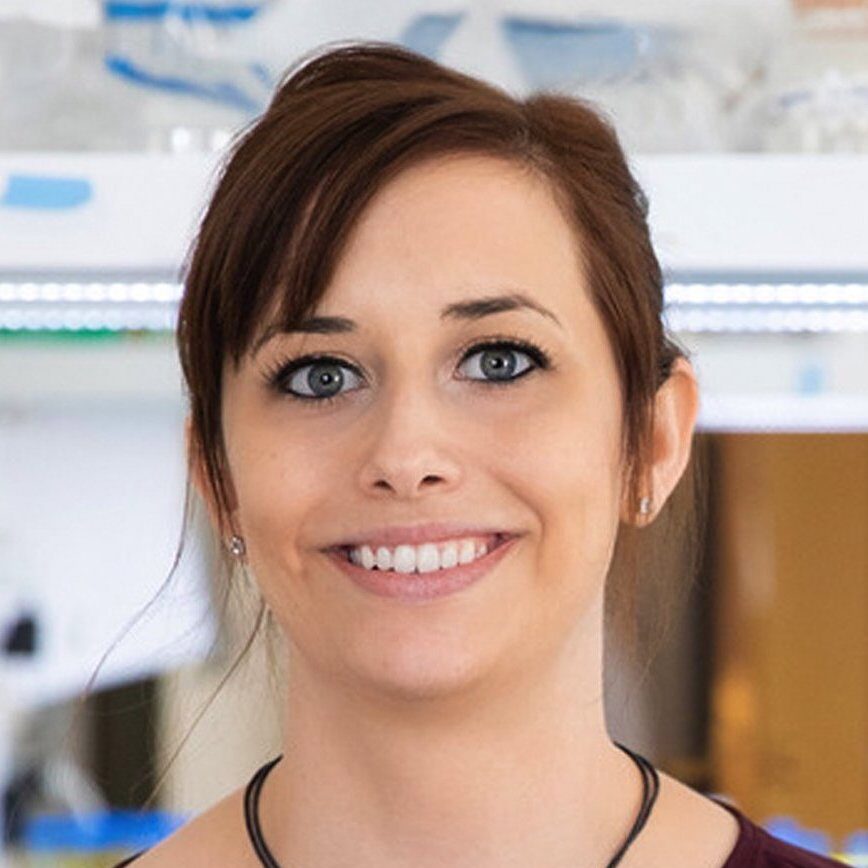
Alison E. Patteson
Syracuse University
Alison E. Patteson is an Assistant Professor of Physics at Syracuse University. She received her B.S. in Physics from Kutztown University in 2011 and her Ph.D. in Mechanical Engineering from UPenn in 2016, studying active fluids with Prof. Paulo Arratia. Her postdoctoral research was with Prof. Paul Janmey at UPenn on the vimentin cytoskeleton and confined cell motility. Professor Patteson took a faculty position in 2019 at Syracuse University, where she leads the Focus Group Mechanics of Development and Disease in the BioInspired Institute. Her research focuses on the soft matter physics of cell motility and biofilm development. She is a recipient of the APS Dissertation Award in Statistical and Non-linear Physics (2018) and the NIH Outstanding Investigator Award (2021).
Sophie Marbach
CNRS, Sorbonne University, Paris
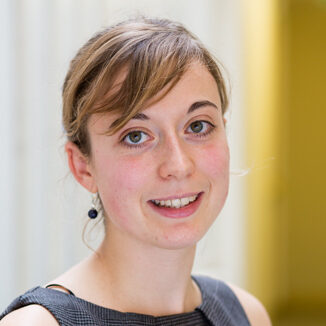
Sophie Marbach
CNRS, Sorbonne University, Paris
I am a theoretical physicist interested in soft problems. I just moved to Sorbonne University in Paris, in the Phenix physical chemistry Lab, to work there as a permanent researcher (CNRS). I obtained my PhD in Physics at the Ecole Normale Superieure in Paris, studying nanofluidic transport related to filtration questions. I then moved to the Courant Institute of New York University (NY), where I studied sticky feet particle systems, that I will discuss at the venue! I am now building a new research activity inspired by soil physics. As a researcher, I am engaged in diversity representation in science, as well as sustainability issues (check out my blog http://sciriousgecko.com/ on carbon footprints).
Quentin Martinet
Institute of Science and Technology, Austria
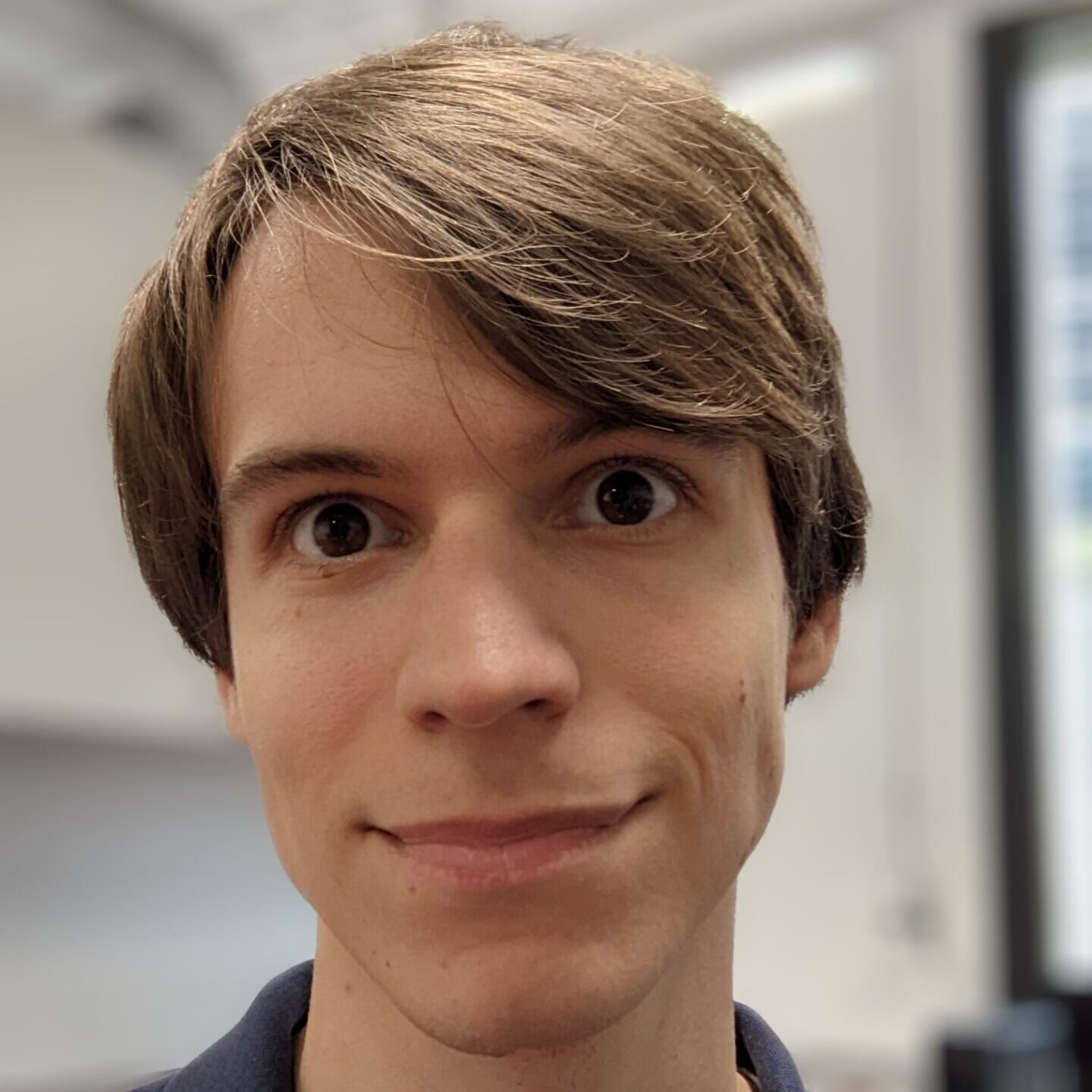
Quentin Martinet
Institute of Science and Technology, Austria
Quentin Martinet is currently a postdoc in the group of Jérémie Palacci at IST Austria. He obtained in 2019 his Ph.D. degree in physics from the university of Lyon 1 (France) while working on plasmonic tweezers and inelastic light scattering technics applied to life sciences. He then joined the group of Jérémie Palacci at UC San Diego to realize, with optical manipulation, the controlled assembly of active colloids into micromachines. In 2021, he moved with the Materiali Molli lab to IST Austria and his current research interests focus on active matter, optical tweezers applications and micro-robotic.
Baudouin Saintyves
James Franck Institute, Chicago
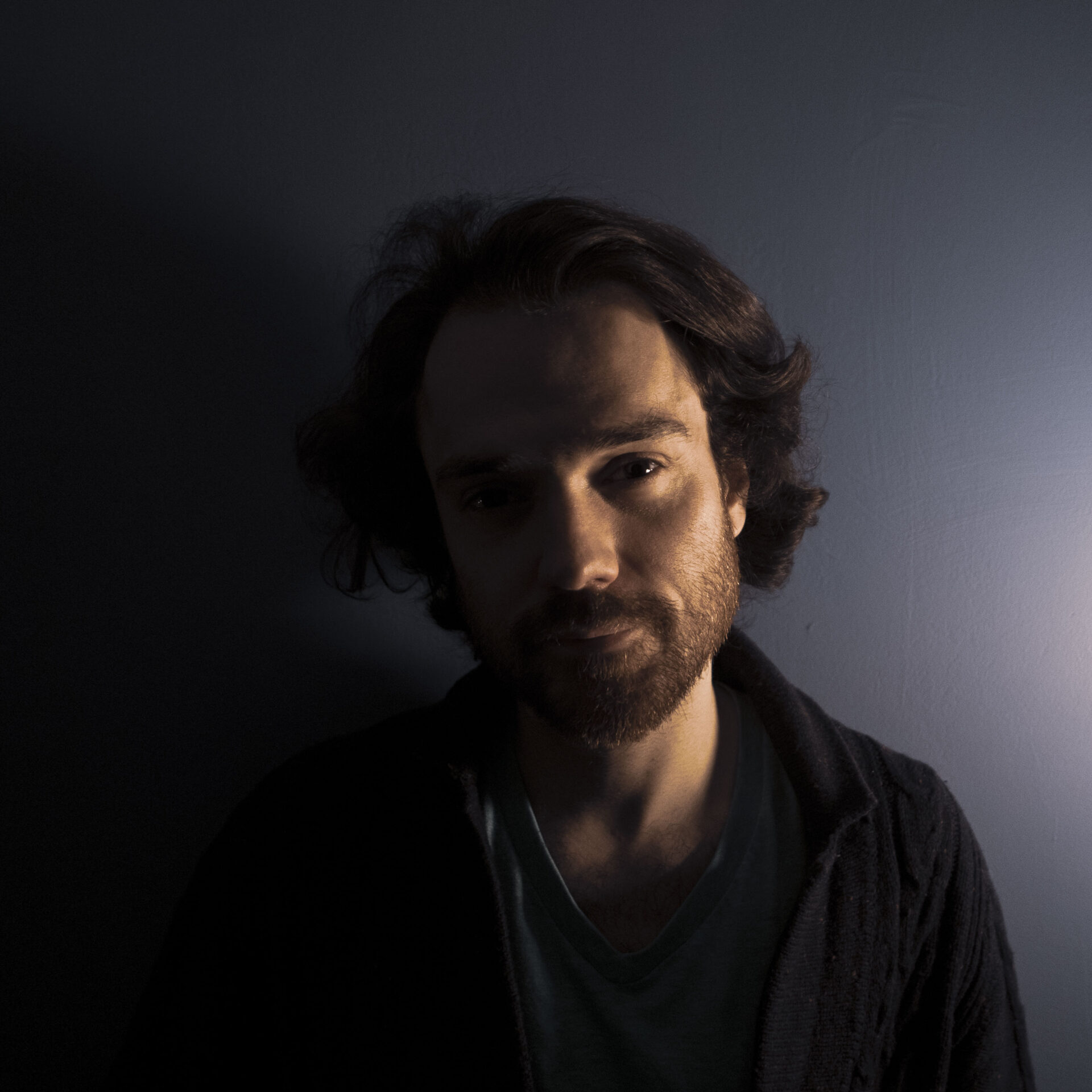
Baudouin Saintyves
James Franck Institute, Chicago
I am currently a research staff scientist at University of Chicago’s James Franck Institute, working in collaboration with the Jaeger Lab at the intersection of granular matter and soft robotics. I did a PhD in physics at Sorbonne University in Paris, and Post-Docs at Harvard (SEAS and Wyss Institute) and MIT (MECHE). In my scientific research, I am interested in understanding and using self-organization in soft materials to design new soft and modular robotics principles.
Sofia Magkiriadou
University of Fribourg
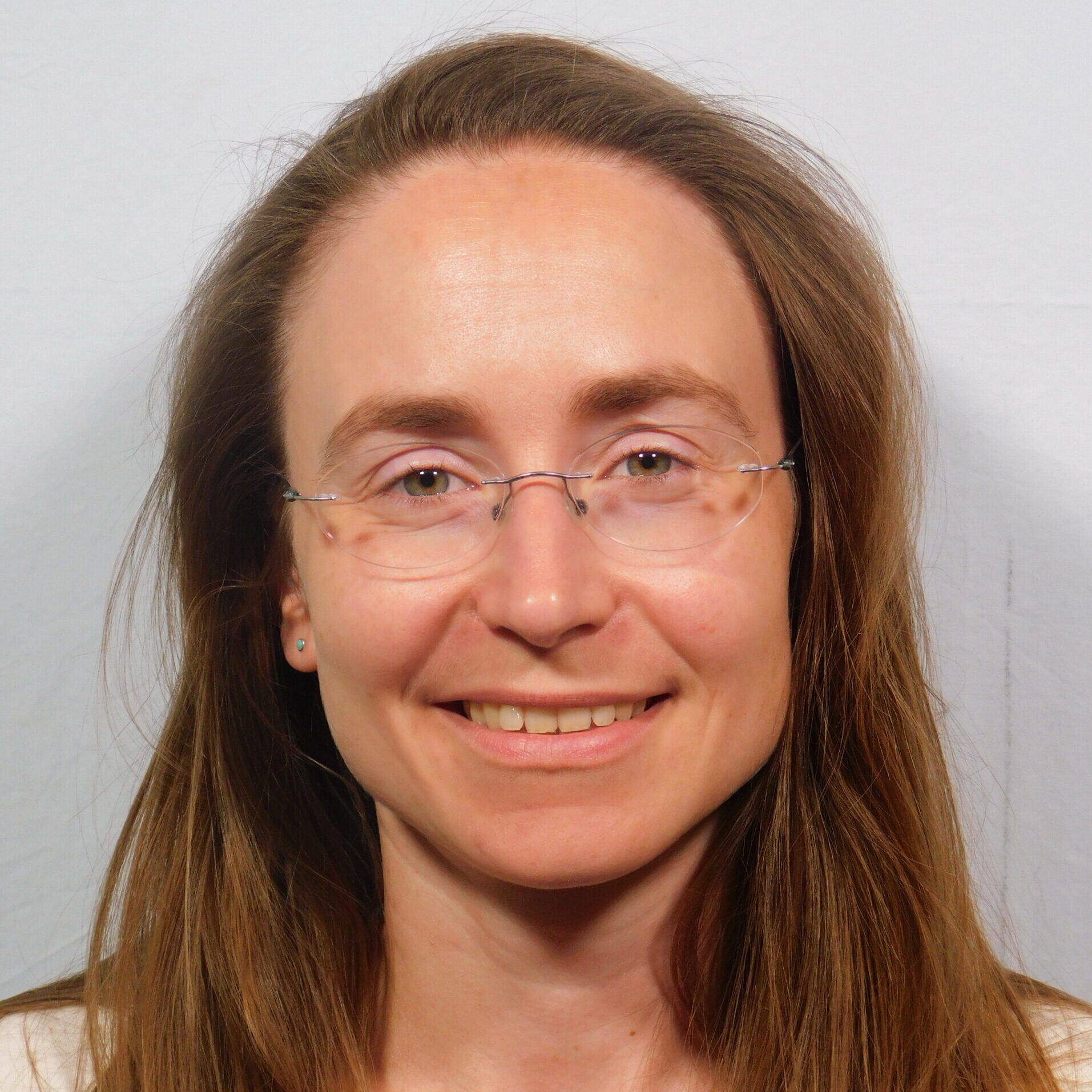
Sofia Magkiriadou
University of Fribourg
I grew up in Thessaloniki, Greece. After high school I moved to New Haven, CT, USA, to study physics at Yale University. I completed my bachelor thesis on optomechanical resonators in the Harris lab. For graduate school I went to Harvard University in Boston, MA, where I joined the Manoharan lab. There, I used colloidal particles to create and study photonic materials. I subsequently moved to the University of Chicago, for a postdoc on out-of-equilibrium colloidal dynamics in the Irvine group. I got acquainted with bacteria in the Laboratory for Experimental Biophysics at EPFL, Lausanne, Switzerland, as a postdoc on biophysics. Presently, I am a postdoc in the Soft Matter and Photonics Group at the University of Fribourg, in Switzerland.
Farshid Jafarpour
Utrecht University
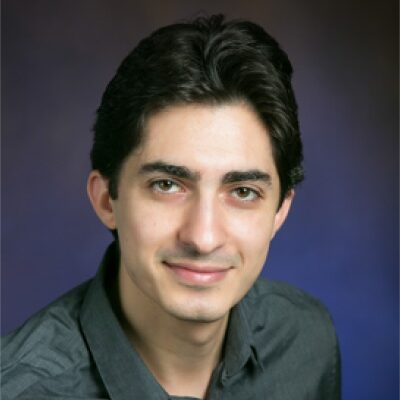
Farshid Jafarpour
Utrecht University
Farshid Jafarpour has been an Assistant Professor at the Institute for Theoretical Physics and a member of the Centre for Complex Systems Studies at Utrecht University in the Netherlands since 2021. He is broadly interested in non-equilibrium processes in biological systems. He received his Master's degree in Mathematics and Ph.D. in Statistical Physics at the University of Illinois at Urbana-Champaign in 2016 working on applications of stochastic processes in physical, chemical, and biological systems, and the origin of life in collaboration with NASA Astrobiology Institute. Farshid held two postdoctoral research positions, first at Purdue University studying the physics of bacterial growth, and a second at the University of Pennsylvania working on statistical physics of soft-matter and biological systems.
The Program
| Monday | Tuesday | Wednesday | Thursday | Friday | ||
|---|---|---|---|---|---|---|
| M O R N I N G |
Active Matter | Biopolymers | Collective behaviour | Single cell and multicellular dynamics | ||
| 09:00-09:30 | Daniel Pearce | Laura Caccianini | Xiaowen Chen | Giacomo Frangipane | ||
| 09:30-10:00 | Sofia Magkiriadou | Giada Forte | Lorenzo Caprini | Caterina Tomba | ||
| 10:00-10:30 | Pasquale Digregorio | Alfredo Sciortino | Giulia Pisegna | Alison E. Patteson | ||
| 10:30-11:15 | Coffee Break | Coffee Break | Coffee Break | Coffee Break | ||
| Active Matter | Cell-mimetic and intracellular organization | Collective behaviour | Morphogenesis | |||
| 11:15-11:45 | Ivan Maryshev | Carla Fernández-Rico | Severine Atis | Billie Meadowcroft | ||
| 11:45-12:15 | Sophie Marbach | Melissa Rinaldin | Quentin Martinet | Lea-Laetitia Pontani | ||
| 12:15-12:45 | Suropriya Saha | Nicolas Martin | Andrea Giovanni Reina | Szabolcs Zakany | ||
| 12:45-14:30 | Lunch Break | Lunch Break | Lunch Break | |||
| Energetics | Size, shape and growth of Cells | Neural networks | ||||
| A F T E R N O O N |
14:30-15:00 | School presentation | Jordi Piñero | Claudio Maggi | Christopher W. Lynn | |
| 15:00-15:30 | Alfonso Perez-Escudero | Jonathan Rodenfels | Farshid Jafarpour | Federica Gerace | ||
| 15:30-16:00 | Baudouin Saintyves | Riccardo Rao | Amit Singh Vishen | Luca Saglietti | ||
| 16:00-16:30 | Coffee Break | Coffee Break | Coffee Break | Coffee Break | ||
| 16:30-18:00 | Poster Session | Q&A | Poster Session | Q&A |
Organizing committee
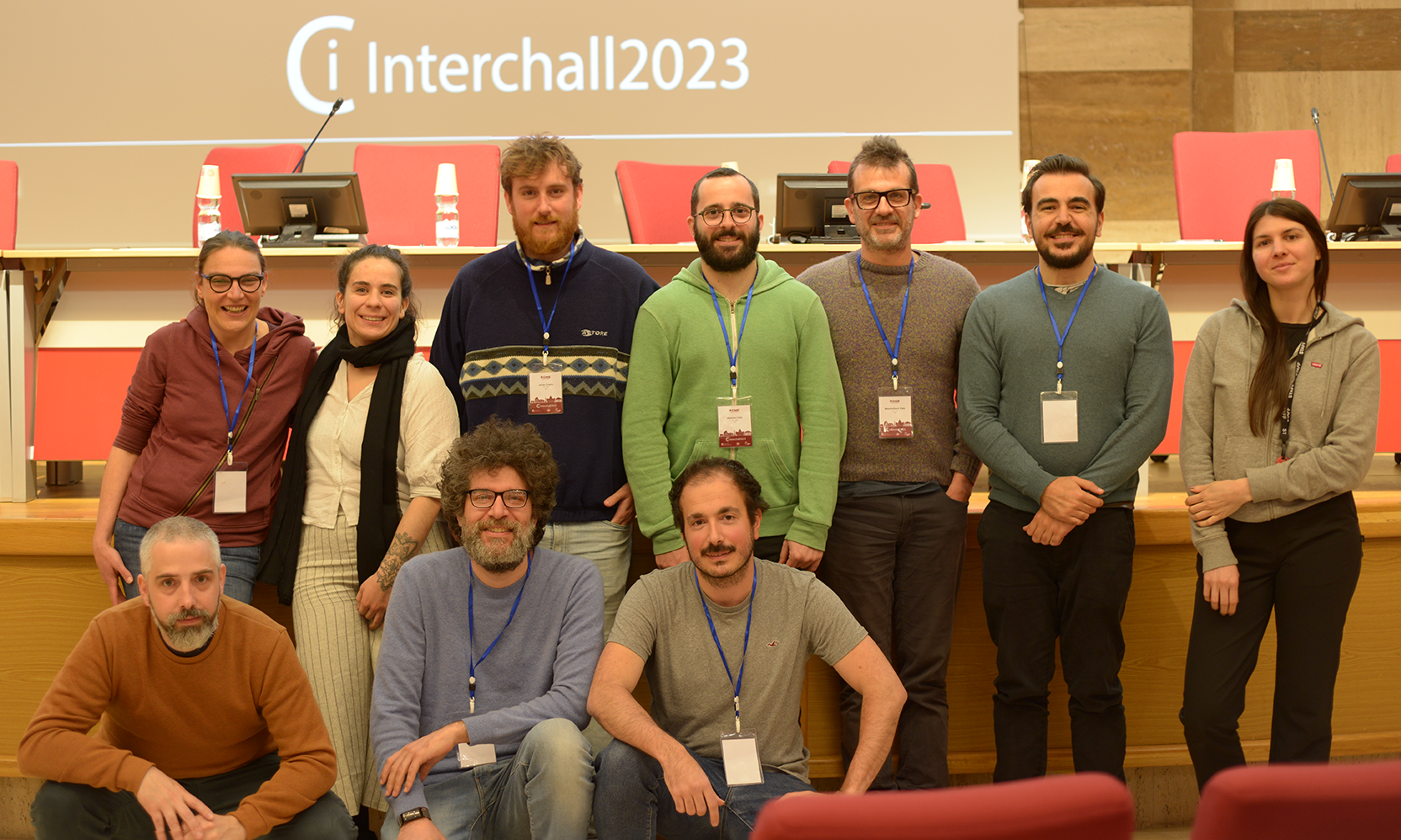
REACH US Get Direction to the congress
Centro Congressi Frentani
Via dei Frentani 4, 00185
Rome, RM
Italy
Contacts
info@interchall2023.com

